Recently Released.
Newly Released in the last 30 days



Lesson Operations
In this lesson, we'll implement most of the CRUD functionality for our lessons, including creating, updating, deleting, and patching our lesson's tags. We'll also discuss why we'll treat lessons as a top-level resource.


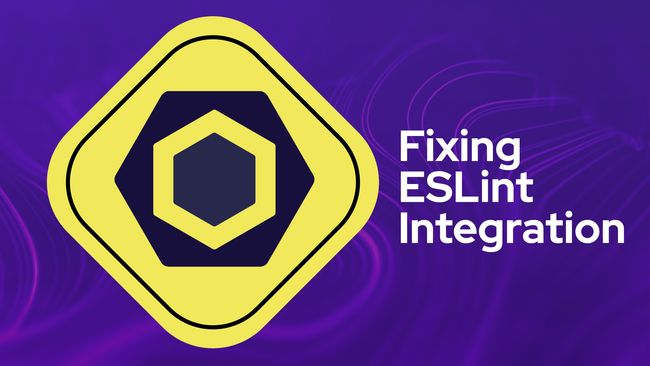
Fixing Our ESLint Integration
I Ran into a ReferenceError and realized our ESLint wasn't working. In this lesson, we'll take a brief aside to fix the linting within our project so it works with ESLint v9


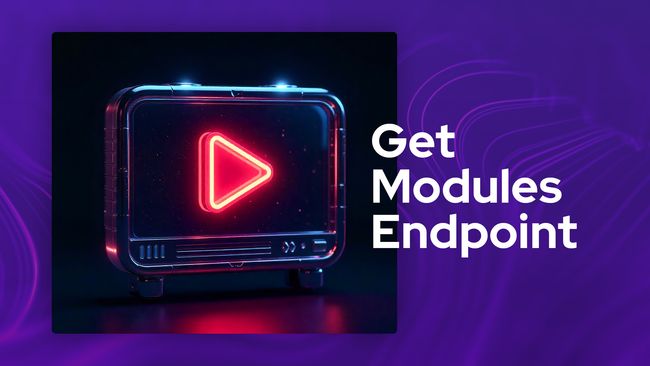
Getting Just Course Modules & Lessons
In this lesson, we'll remove our GET module route, using the except method on our resource. Then we'll refactor to add a GetModules action



Course Module Nested Resource
In this lesson, we'll work on nested resourceful endpoints for our course modules. We'll add endpoints to create, update, patch, and deleting modules from a specific course.



Updating A Course's Difficulty, Status, or Access Level
In this lesson, we'll add a specific endpoint with the ability to patch a course's difficulty, status, or access level with a new value so our users have a way to update these without needing to send the entire course payload.



Getting A Course's Details, Modules, & Lessons
In this lesson, we wrap up the Courses controller by adding a show method that fetches all the key info for a single course. That includes its modules and lessons, all nicely organized and ready to use in your API response.


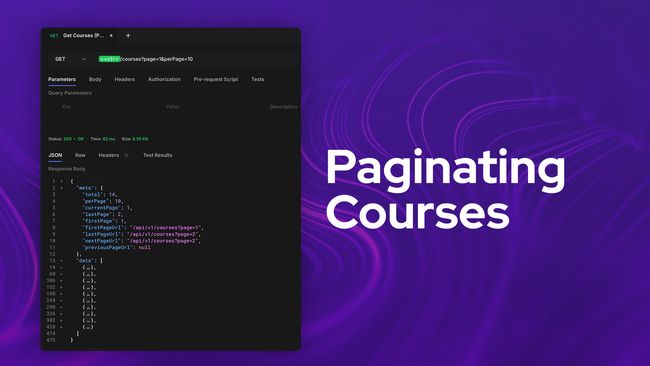
Paginating our Course List
In this lesson, we'll transform our courses list endpoint into a pagination endpoint. We'll check and validate our query string for a page and per page parameter that we'll then use to fetch pages of our courses.


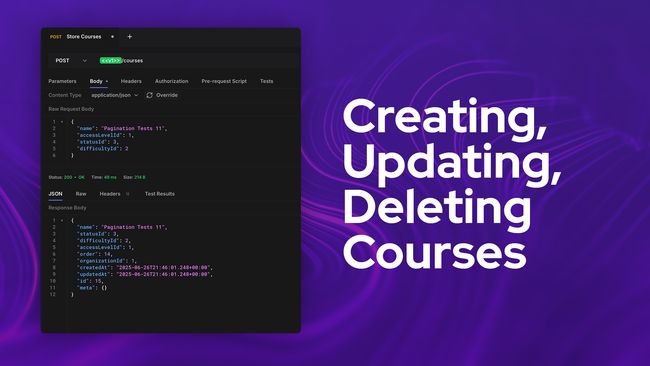
Creating, Updating, and Deleting Courses
In this lesson, we'll add endpoints to allow creating, updating, and deleting courses from our API. We'll then use this to stub a number of test courses to give us wiggle room to play with our pagination.


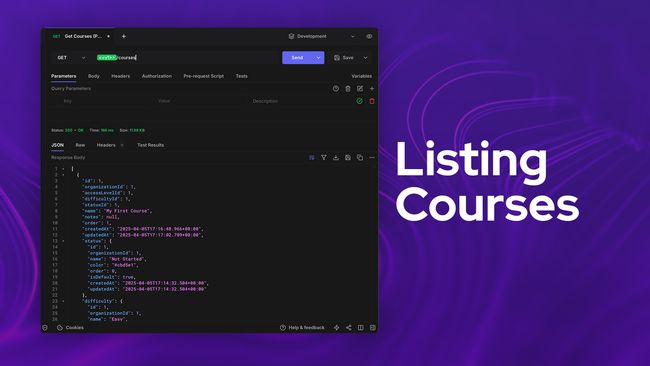
Listing Courses
Our goal in this step is to add an endpoint that lists our courses. We'll then build upon this endpoint further with the ultimate goal of getting a list of paginated courses.
Lessons.



Fixing Our ESLint Integration
I Ran into a ReferenceError and realized our ESLint wasn't working. In this lesson, we'll take a brief aside to fix the linting within our project so it works with ESLint v9



Lesson Operations
In this lesson, we'll implement most of the CRUD functionality for our lessons, including creating, updating, deleting, and patching our lesson's tags. We'll also discuss why we'll treat lessons as a top-level resource.



Getting Just Course Modules & Lessons
In this lesson, we'll remove our GET module route, using the except method on our resource. Then we'll refactor to add a GetModules action



Updating A Course's Difficulty, Status, or Access Level
In this lesson, we'll add a specific endpoint with the ability to patch a course's difficulty, status, or access level with a new value so our users have a way to update these without needing to send the entire course payload.



Course Module Nested Resource
In this lesson, we'll work on nested resourceful endpoints for our course modules. We'll add endpoints to create, update, patch, and deleting modules from a specific course.



Getting A Course's Details, Modules, & Lessons
In this lesson, we wrap up the Courses controller by adding a show method that fetches all the key info for a single course. That includes its modules and lessons, all nicely organized and ready to use in your API response.



Creating, Updating, and Deleting Courses
In this lesson, we'll add endpoints to allow creating, updating, and deleting courses from our API. We'll then use this to stub a number of test courses to give us wiggle room to play with our pagination.



Listing Courses
Our goal in this step is to add an endpoint that lists our courses. We'll then build upon this endpoint further with the ultimate goal of getting a list of paginated courses.



Paginating our Course List
In this lesson, we'll transform our courses list endpoint into a pagination endpoint. We'll check and validate our query string for a page and per page parameter that we'll then use to fetch pages of our courses.


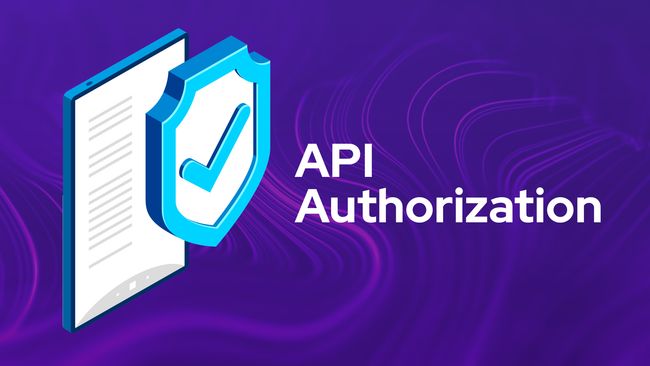
API Authorization Checks
In this lesson, we'll implement our API Authorization checks across all the API controller methods we've implemented thus far. We'll then create a specific access token for each operation (read, create, update, and delete) to ensure everything is working.


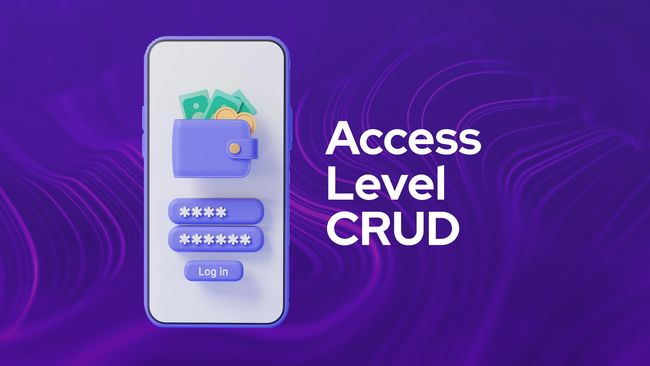
Access Level API CRUD
In this lesson, we'll walk through adding API endpoints for the full CRUD (create, read, update, and delete) flow for our organization's access levels.


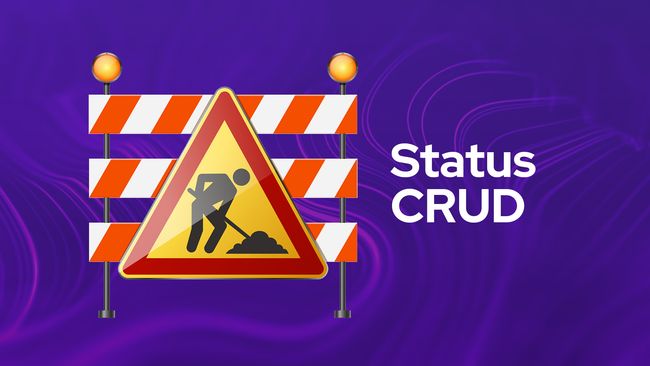
Status API CRUD
In this lesson, we'll duplicate everything we did one more time for our organization's statuses.


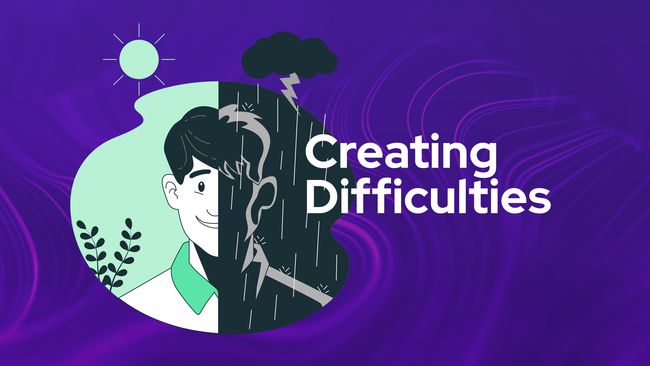
Creating Organization Difficulties
Next, we'll add a POST route and handler so that we can create difficulties from our API


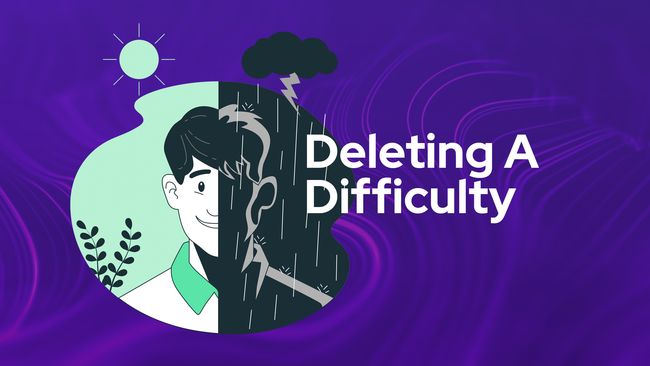
Deleting A Difficulty
The last CRUD method we need to add is the ability to delete our a difficulty by adding a DELETE API route, we'll take care of that in this lesson.


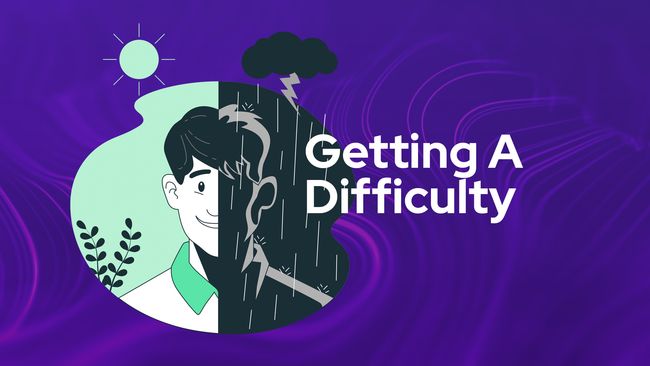
Getting A Specific Difficulty
In this lesson, we'll add a GET API route enabling us to get the details of a specific difficulty by providing the difficulties id via route parameter.


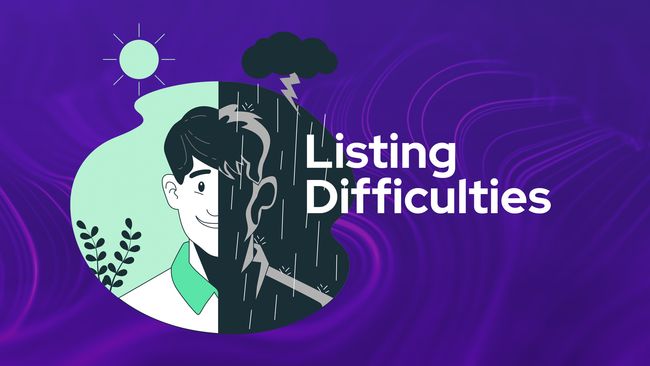
Listing Organization Difficulties
In this lesson, we'll begin work on our first CRUD-based API resource by adding the ability to query a list of all our organization's difficulties.


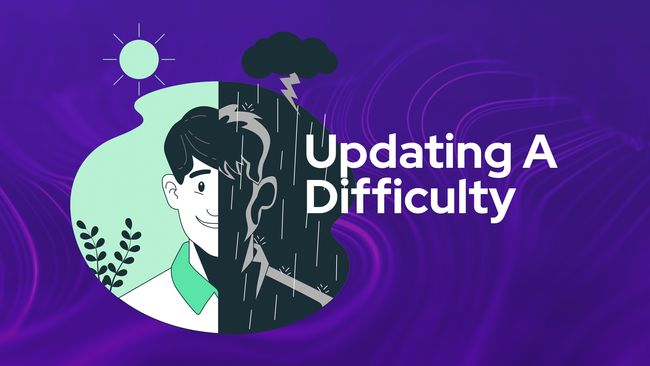
Updating A Difficulty
In this lesson, we'll add a PUT API route to handle updating our difficulties! This route will also accept in a specific difficulty id via route parameter to specify which difficulty should be updated.


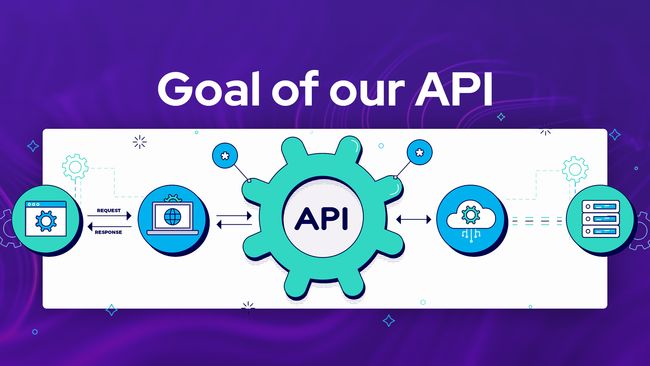
The Goal of our REST API
In this lesson, we'll briefly give an overview of REST and how we'll be taking a practical approach to it when building our API.


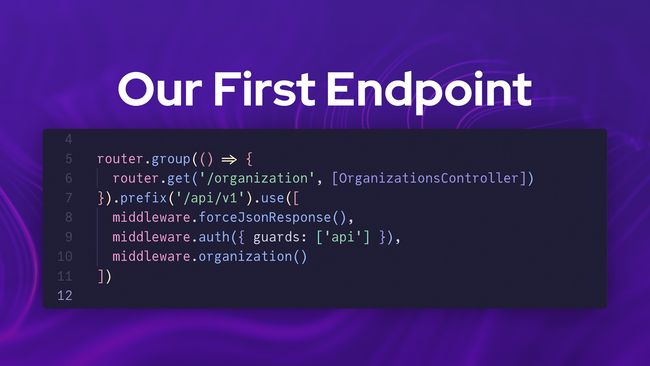
Our First API Endpoint to Get Our Organization's Details
In this lesson, we'll add the first endpoint to our API. With this endpoint we'll return back the Organization's details for the provided Access Token with the request.



Simple API Versioning
In this lesson, we'll implement a simple versioning mechanism for our API. Versioning allows us to safely make breaking changes without breaking our user's implementations of our API.
Showing 1 to 20 of 381 results